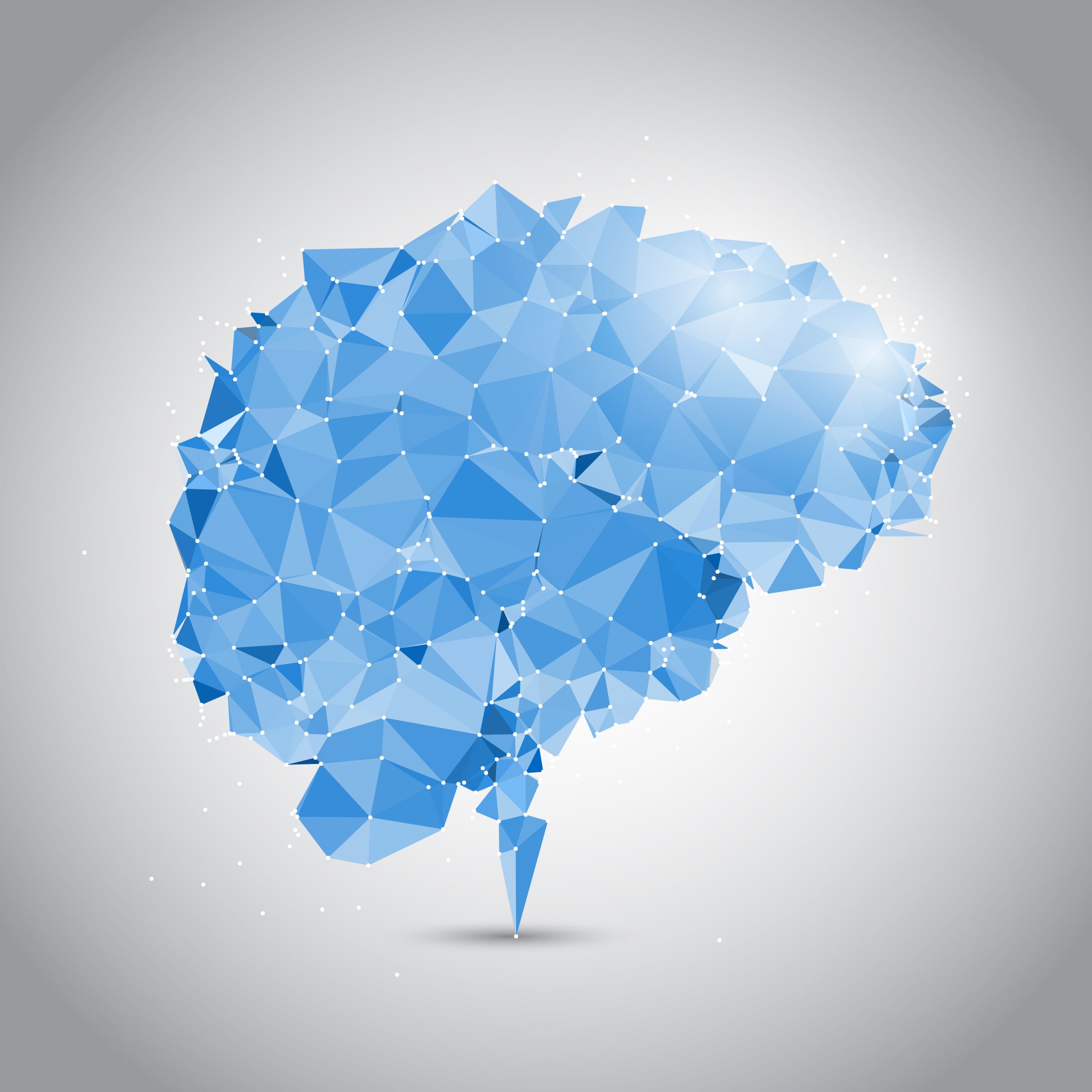

For more than a century, scientists have believed that the patterns of brain activity that define our experiences, hopes, and dreams are governed by how various brain regions communicate with one another via a complicated web of trillions of cellular connections.
A new study led by Monash University’s Turner Institute for Brain and Mental Health researchers has examined over 10,000 different maps of human brain activity and discovered that the overall shape of a person’s brain has a far greater influence on how we think, feel, and behave than its intricate neuronal connectivity.
The study, published in the journal Nature, combines methodologies from physics, neurology, and psychology to challenge the century-old paradigm that emphasizes the importance of intricate brain connectivity, instead discovering a previously unknown association between brain structure and activity.
The discoveries, according to lead author and Research Fellow Dr. James Pang of the Turner Institute and Monash University’s School of Psychological Sciences, are noteworthy because they considerably simplify how we may investigate how the brain functions, develops, and matures.
The work opens opportunities to understand the effects of diseases like dementia and stroke by considering models of brain shape, which are far easier to deal with than models of the brain’s full array of connections,” Dr. Pang said.
“We have long thought that specific thoughts or sensations elicit activity in specific parts of the brain, but this study reveals that structured patterns of activity are excited across nearly the entire brain, just like the way in which a musical note arises from vibrations occurring along the entire length of a violin string, and not just an isolated segment,” he said.
The researchers studied eigenmodes using magnetic resonance imaging (MRI), which are the natural patterns of vibration or excitation in a system in which different components of the system are all excited at the same frequency. Eigenmodes are often employed to examine physical systems in fields such as physics and engineering, and they have only lately been modified for use in studying the brain.
The goal of this research was to find the most efficient approach to create the brain’s eigenmodes.
“Just as the resonant frequencies of a violin string are determined by its length, density and tension, the eigenmodes of the brain are determined by its structural––physical, geometric and anatomical––properties, but which specific properties are most important has remained a mystery,” said co-lead author, Dr. Kevin Aquino, of BrainKey and The University of Sydney.
“We found that eigenmodes defined by brain geometry––its contours and curvature––represented the strongest anatomical constraint on brain function, much like the shape of a drum influences the sounds that it can make,” said Fornito.
“Using mathematical models, we confirmed theoretical predictions that the close link between geometry and function is driven by wave-like activity propagating throughout the brain, just as the shape of a pond influences the wave ripples that are formed by a falling pebble,” he said.
“These findings raise the possibility of predicting the function of the brain directly from its shape, opening new avenues for exploring how the brain contributes to individual differences in behavior and risk for psychiatric and neurological diseases.”
The researchers discovered that activity was dominated by eigenmodes with spatial patterns with very long wavelengths, extending over distances exceeding 40 mm, across over 10,000 MRI activity maps obtained as people performed different tasks developed by neuroscientists to probe the human brain.
“This result counters conventional wisdom, in which activity during different tasks is often assumed to occur in focal, isolated areas of elevated activity, and tells us that traditional approaches to brain mapping may only show the tip of the iceberg when it comes to understanding how the brain works,” Dr. Pang said.
more recommended stories
 36-Week Pre-eclampsia Screening May Reduce Term Risk
36-Week Pre-eclampsia Screening May Reduce Term RiskA New Preventive Strategy for Term.
 Cardiovascular Risk and Sudden Cardiac Death in Diabetes
Cardiovascular Risk and Sudden Cardiac Death in DiabetesRising Sudden Cardiac Death (SCD) Risk.
 Poor Kidney Function and Alzheimer’s Biomarkers Explained
Poor Kidney Function and Alzheimer’s Biomarkers ExplainedPoor kidney function may influence levels.
 Walking Speed Before Hip Replacement Predicts Recovery
Walking Speed Before Hip Replacement Predicts RecoveryNew Evidence Points to a Simple,.
 Neuroblastoma Drug Combo Extends Survival in Models
Neuroblastoma Drug Combo Extends Survival in ModelsA Promising Shift in High-Risk Neuroblastoma.
 How Soybean Oil Impacts Weight Gain and Metabolism
How Soybean Oil Impacts Weight Gain and MetabolismWhy Soybean Oil May Affect Metabolism.
 Coffee and Cognitive Function: Evidence Review
Coffee and Cognitive Function: Evidence ReviewA new narrative review in Cureus.
 Colorectal Cancer Screening Rates Low in Adults 45–49
Colorectal Cancer Screening Rates Low in Adults 45–49Recent UCLA research reveals that colorectal.
 Gut Immune Cells and Long-Lasting Antiviral Protection.
Gut Immune Cells and Long-Lasting Antiviral Protection.Breakthrough Findings on How Gut Immune.
 Mild Pancreatic Duct Dilatation Signals Higher Cancer Risk
Mild Pancreatic Duct Dilatation Signals Higher Cancer RiskEarly Structural Changes Offer Critical Clues.

Leave a Comment